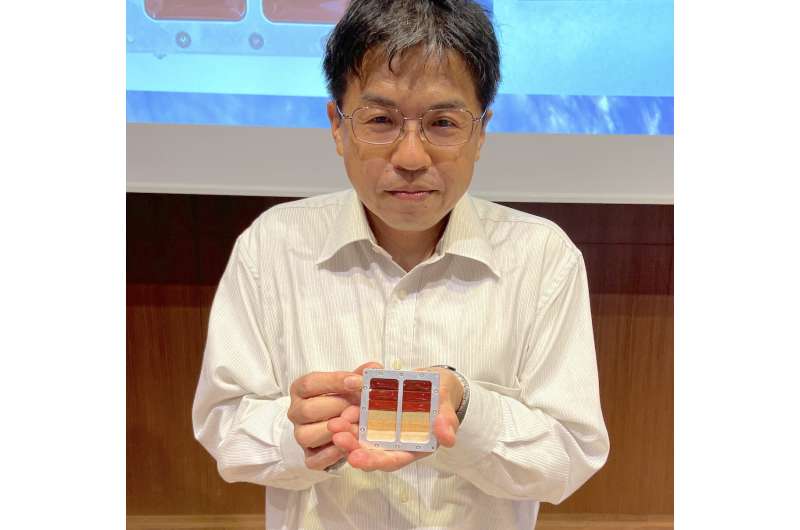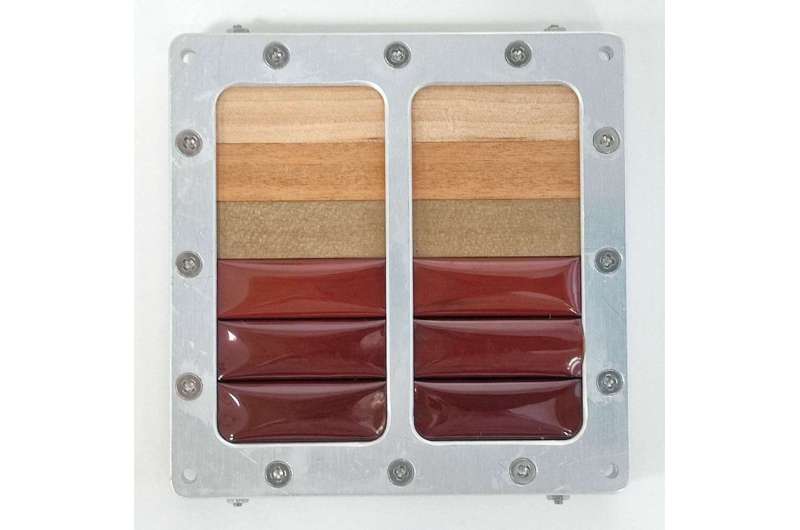Space: The wooden frontier

Humans have relied on forests and trees—for shelter, food, and fuel—from the earliest times. As technology has advanced, timber has been utilized for buildings, ships, and railroads. And now we may be on the verge of taking wood into space.
Why wood? Building in space with futuristic, 'space-age' materials might seem to be the obvious choice: lumber's fragility and combustibility might seem counter-intuitive by comparison.
Therein lies the rationale for wood: as a natural, economical, carbon-based material, its production is considerably more sustainable than advanced alternatives, and its disposal—especially when dropped from orbit into the upper atmosphere—is complete and without harmful byproducts.
Moreover, earlier investigations—in earth-bound labs—have demonstrated wood's surprising ability to withstand a wide range of temperatures, from -150 to 150 degrees Celsius. Simulated near-vacuum conditions also resulted in negligible structural deterioration of the wood.
But the next step is to go beyond: to actually take wood into space.
"Wood's ability to withstand simulated low earth orbit—or LEO—conditions astounded us," explains Koji Murata, head of the space-wood research effort and member of the Biomaterials Design Lab at Kyoto University's graduate school of agriculture.
"We now want to see if we can accurately estimate the effects of the harsh LEO environment on organic materials."

To accomplish this, Murata's team, including corporate partner Sumitomo Forestry and Japanese space agency JAXA, plans to send a selection of wooden samples from various plant species to the exposed experiment platform of the Kibo module on the International Space Station.
A frame holding the samples will be ferried to the station by the end of 2021 and then returned to earth for detailed analysis six months later.
"We particularly want to measure the degree of erosion resulting from atomic oxygen collisions with the fibrous material," continues Murata, referring to the fact that LEO is characterized by the presence of free oxygen atoms traveling at high velocity, which over time can cause damage to exposed surfaces.
"We also want to see the effects of cosmic rays and the vacuum of space on the mechanical properties of wood."
The results of the experiment are anticipated to provide clues for developing technology to protect wooden materials exposed in LEO, as part of a larger KyotoU effort—dubbed "LignoStella"—to launch a wooden satellite—"LignoSat"—in 2023.
Provided by Kyoto University





















